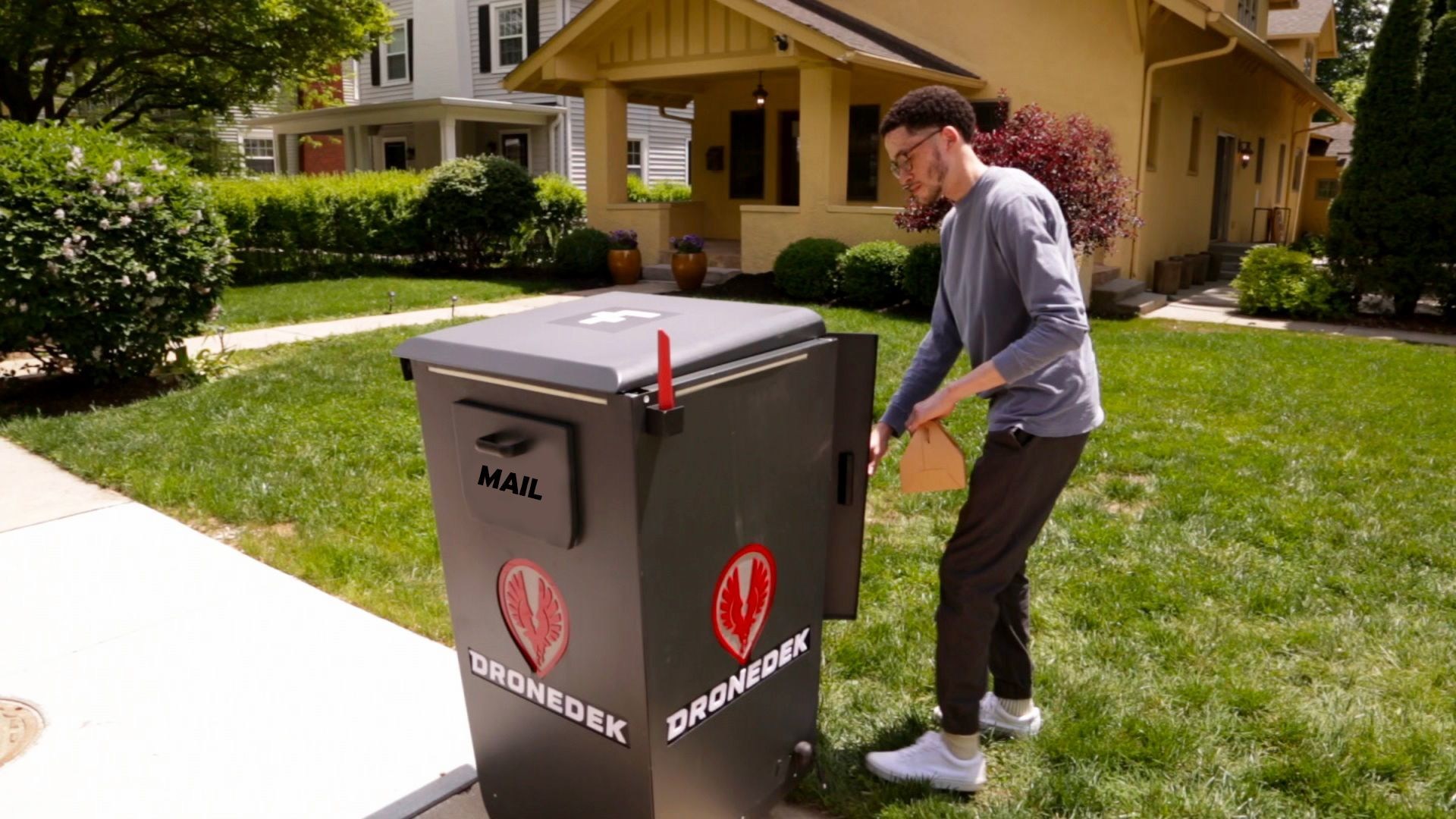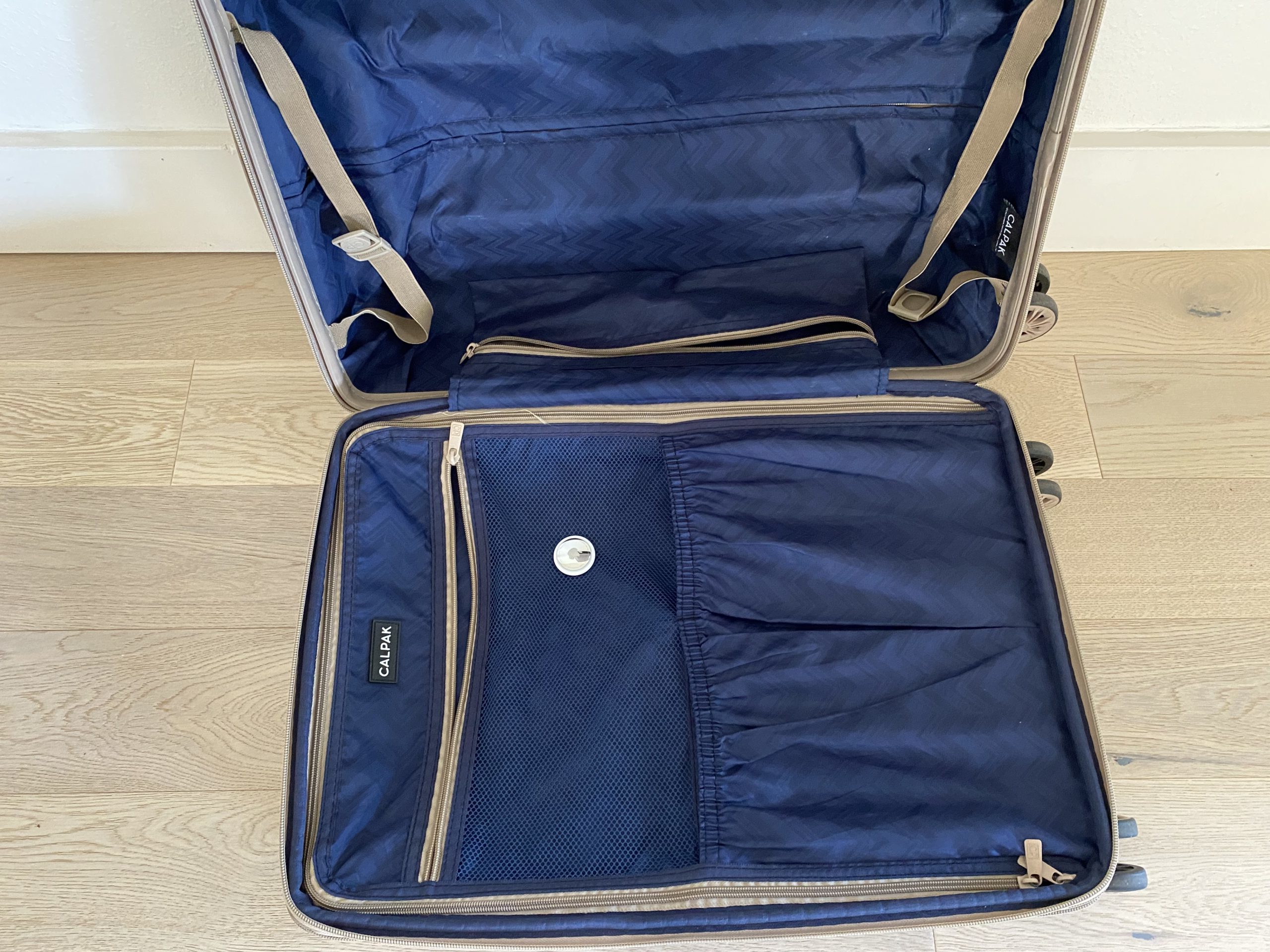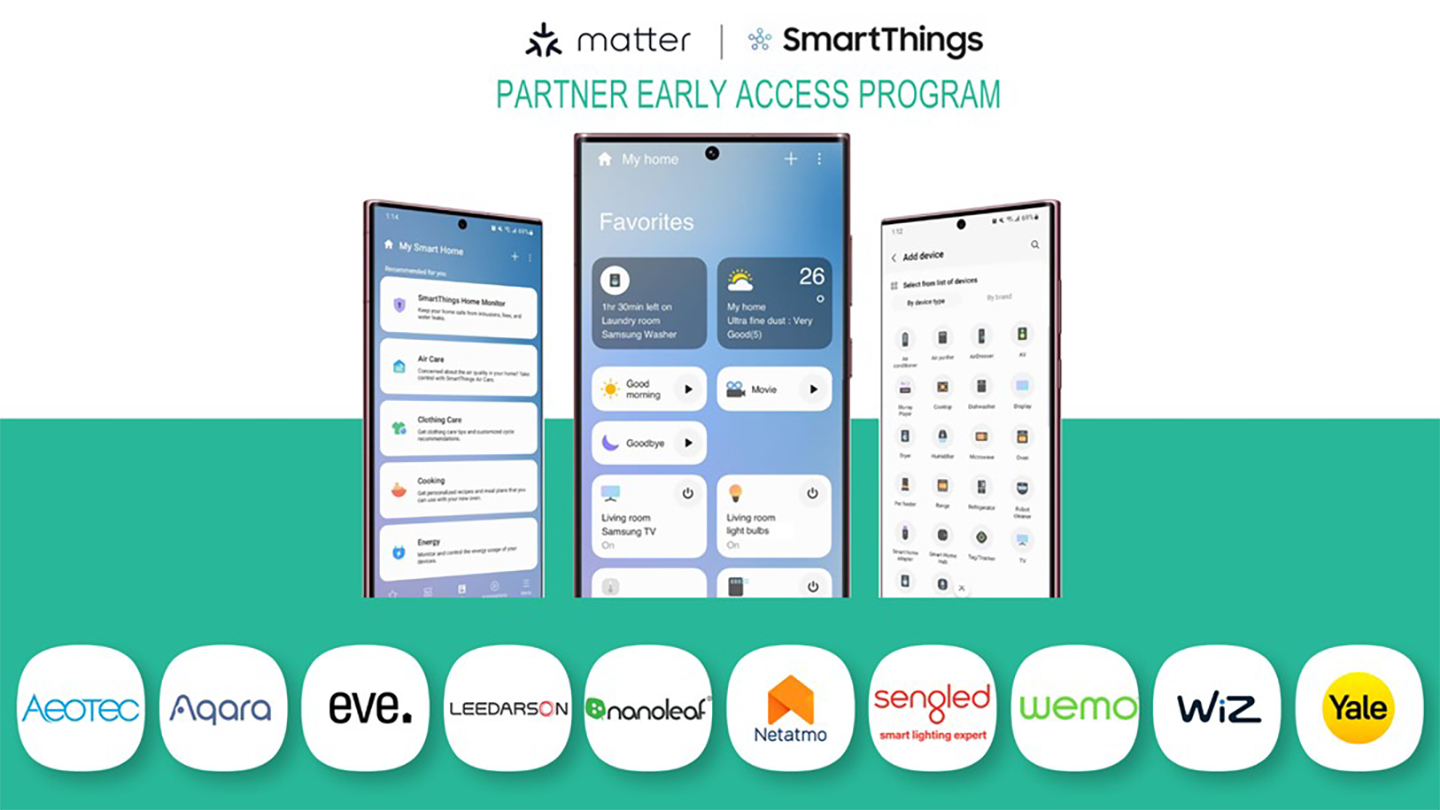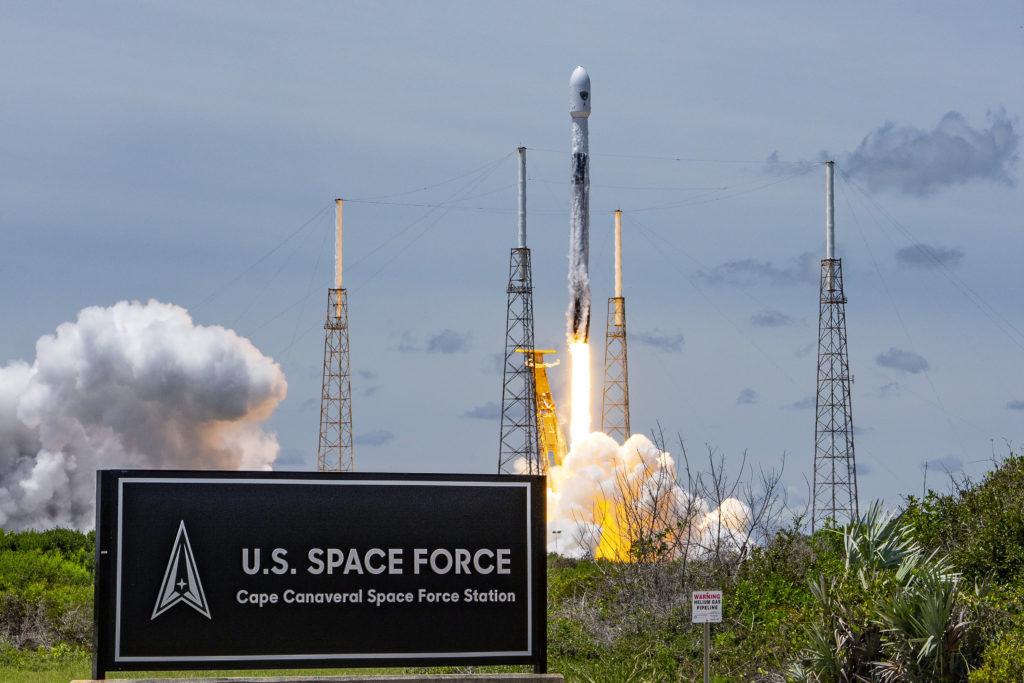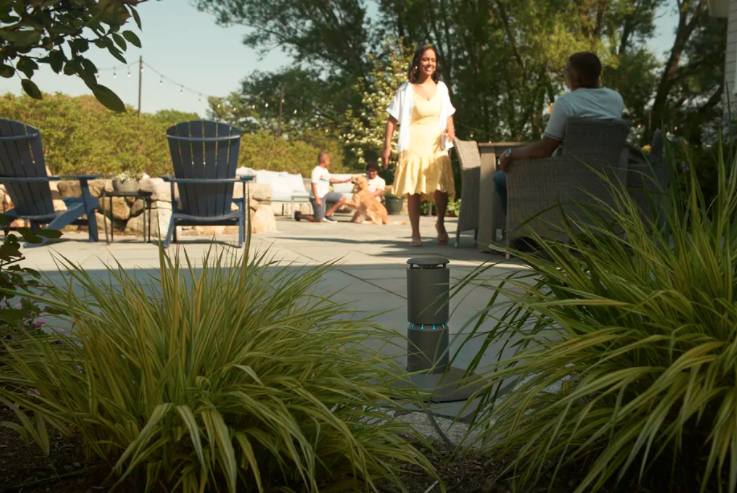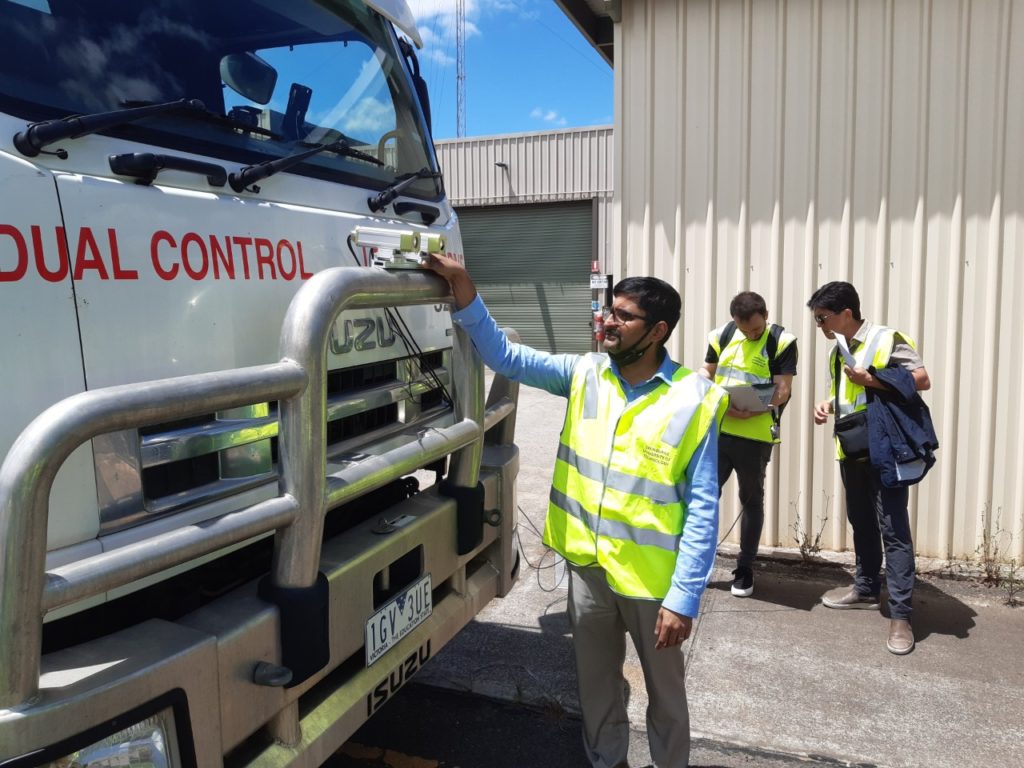This week’s show kicks off with a discussion of the lawsuit between Arm and Qualcomm amid accusations that Arm is changing its licensing model. We cover what has been said, and what it might mean for the IoT before heading into some industrial news. Arduino has announced a programmable logic controller (PLC) in conjunction with Finder called the Arduino Opta. It’s part of a larger trend of convergence between the IT and OT, as is news from Marvell that it has built an integrated networking chip for industrial clients that uses Ethernet. We talk about how Marvell made Ethernet appealing to the industrial world, and then shift to smart home news. First, Vivint reported financial results and previewed some new products coming in 2023, including integrated indoor lighting. Then we talk about the new Eufy trackers that use Apple’s Find My network and new connectors for the Nanoleaf Lines. And before we finished this segment, we also talked about last week’s Matter launch, including the news that more device types were coming. We end by answering a listener’s question about building DIY devices that will talk to Matter devices.

Our guest this week is Matt Rose, the CEO of Apana, a company that tracks water usage for commercial clients. The company has more than 800 customers including Costco Wholesale, Coca-Cola, and Fetzer. Rose talks about how business is booming thanks to Environment, Social and Government (ESG) directives and growing corporate concern about water usage. He explains how the focus has moved from ROI to ESG and how to parse over a billion points of data into something front-line workers can take action on. He also talks about the scaling challenges early on and moving from wired to wireless connections for his company’s sensors. Finally, we discuss his switch from private LoRa connectivity to LoRaWAN and how that should expand his business going forward. Enjoy the show.
Hosts: Stacey Higginbotham and Kevin Tofel
Guest: Matt Rose, CEO of Apana
Sponsors: Arm and Silicon Labs
- Arm’s suit against Qualcomm is pretty crazy
- The industrial IoT will have to embrace IP
- More Matter device types are coming next year!
- This company’s digital twin can save on water consumption
- LoRaWAN has matured, and it’s about time
Podcast: Play in new window | Download | Embed
Subscribe: RSS

